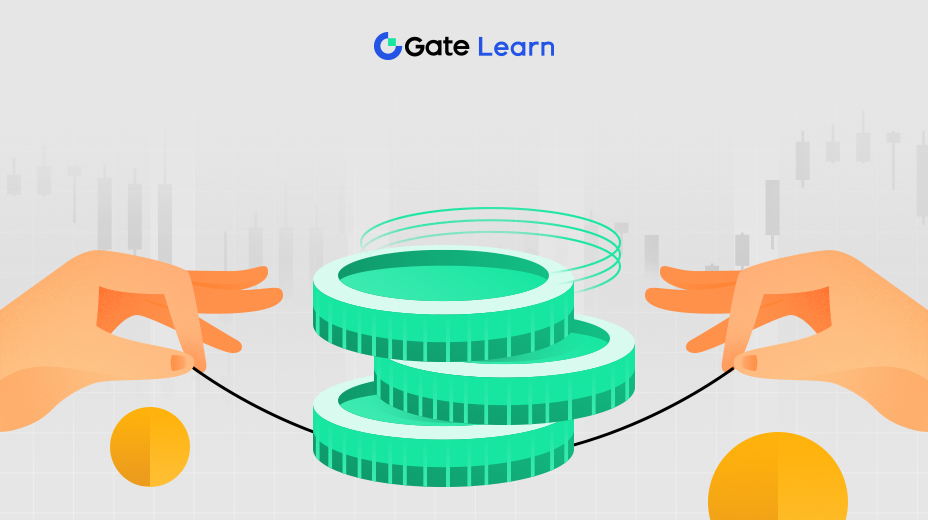O que é Bitcoin ?
Bitcoin é a primeira e mais conhecida criptomoeda do mundo. Sua criação levou ao desenvolvimento de outras criptomoedas e, na verdade, de toda a indústria.

O que é Bitcoin?
Bitcoin é uma moeda virtual - a primeira criada no mundo - e pode ser usada para comprar serviços, produtos e quaisquer outros itens em estabelecimentos que aceitam pagamento com ela. Uma das grandes diferenças é que o bitcoin não tem uma moeda física ou nota de banco. É totalmente digital, formado a partir de um código único.
Bitcoin é a primeira moeda descentralizada do mundo. Isso significa que, além de não ser regulamentado por governos, bancos ou empresas, é possível comprar, enviar e receber bitcoins sem qualquer intermediário, como bancos ou emissores de cartão de crédito.
Além disso, é uma moeda limitada. Ao contrário do dólar e do euro, moedas que podem ser emitidas conforme os países sintam a necessidade, o bitcoin e seu código foram criados de forma que apenas 21 milhões de moedas possam ser emitidas.
Qual é a história do Bitcoin?
BTC surgiu em outubro de 2008, quando seu criador, Satoshi Nakamoto, enviou um e-mail para uma lista de pessoas interessadas em criptomoedas, dizendo que estava trabalhando em um novo sistema de dinheiro eletrônico ponto a ponto, sem a necessidade de intervenção de terceiros em transações. BTC foi criado em outubro de 2008, quando seu criador, Satoshi Nakamoto, escreveu um e-mail para uma lista de entusiastas de criptomoedas, afirmando que estava trabalhando em um novo sistema de dinheiro eletrônico ponto a ponto que não exigiria interferência de terceiros em transações.
Até hoje, a identidade de Satoshi Nakamoto permanece um mistério no mundo das criptomoedas. Ele é uma única pessoa? Um grupo de pessoas? Existem várias teorias, mas nenhuma evidência de sua verdadeira identidade.
O email de Nakamoto também continha um link para o white paper do BTC em inglês. Ele definiu os fundamentos do Bitcoin, que eram baseados em quatro pontos-chave:
É uma rede peer-to-peer que elimina a possibilidade de gastos duplos (o envio de moedas mais de uma vez);
Não há necessidade de intermediários como instituições financeiras ou governos;
Permite que os participantes da rede permaneçam anônimos;
Ele usa Proof of Work (ou PoW) para gerar Bitcoins (um processo conhecido como mineração) e elimina gastos duplos.
Além disso, Nakamoto afirmou no white paper que a moeda teria uma quantidade limitada. Apenas 21 milhões de BTC podem ser minerados até 2140, resultando em escassez.
Como funciona o Bitcoin?
Mineração de Bitcoin
A mineração de criptomoedas é o processo de validar e registrar transações que ocorrem em uma rede Blockchain, que é um banco de dados massivo que serve como um livro-razão público para todas as transações de criptomoedas.
Este é também o processo responsável pela emissão de novos ativos. Ou seja, assim como um banco central é responsável por "imprimir" dinheiro para circulação, a mineração é o método empregado para aumentar a oferta de criptomoedas no mercado. A principal distinção é que não há autoridade supervisionando o processo no caso de moedas digitais como o Bitcoin.
Minerar bitcoins era bastante simples no início, quando apenas Satoshi e alguns entusiastas estavam interessados: eles simplesmente baixavam o programa em seus computadores e geravam Bitcoins com facilidade. No entanto, à medida que mais pessoas começaram a minerar, a técnica se tornou mais complicada. Hoje, existem máquinas e empresas inteiramente dedicadas à mineração. Se desejar, ainda é possível obter o programa gratuitamente no site do Bitcoin. Assim como na mineração de ouro, no passado era fácil encontrar na superfície; hoje, o processo é mais complexo e mais caro.
Prova de Trabalho (PoW)
Bitcoin é um blockchain, que é um livro-razão compartilhado que contém um histórico de todas as transações de criptomoedas que já ocorreram. Este blockchain, como o nome sugere, é composto por blocos. As transações mais recentes são armazenadas em cada um deles.
A prova de trabalho é uma parte necessária para adicionar novos blocos à blockchain do Bitcoin. Na prática, os mineradores competem entre si para adicioná-los ao sistema. Essa "disputa" ocorre por meio da resolução de cálculos complexos. Um novo bloco é aceito pela rede cada vez que um minerador envia uma nova prova de trabalho vencedora (resolução), o que acontece aproximadamente a cada 10 minutos. Como recompensa, ele recebe criptomoeda.
No entanto, ser o vencedor é tão difícil que a única maneira de fazê-lo é usar computadores caros e especializados. Os mineradores só ganharão Bitcoin se acertarem as combinações corretas, e quanto mais cálculos produzirem, mais Bitcoin poderão ganhar.
Bitcoin Halving
Uma recompensa de novos Bitcoins é dada ao minerador que encontra a solução para interconectar o novo bloco de informações com a sequência existente de dados, a blockchain. O halving é a redução de 50% nesta recompensa, agendada para ocorrer a cada 210.000 blocos. Este é um mecanismo de tratamento de inflação incorporado como parte do código-fonte e acontece a cada quatro anos ou menos. Durante cada ciclo, a ação do preço do BTC geralmente passa por três fases: alta, correção e reversão à média (retornando ao preço médio do ativo).
Destaques
Bitcoin é a primeira criptomoeda criada e não tem uma moeda física ou nota. É totalmente digital, formada a partir de um código único.
Bitcoin é uma moeda limitada. Ao contrário do dólar e do euro, moedas que podem ser emitidas por países, o bitcoin foi codificado para que apenas 21 milhões de moedas pudessem ser emitidas.
O halving do Bitcoin é a redução de 50% na recompensa de mineração de bloco, programada para ocorrer a cada 210.000 blocos. Este é um mecanismo embutido de controle da inflação como parte do código-fonte e ocorre a cada quatro anos ou menos.
Artigos Relacionados





